by Guest Contributor Elizabeth Halford
If you’re currently coveting a full frame camera, you may have been had by possibly one of the most clever and conniving marketing campaigns the photography world has ever known.
“Full frame” sensor digital cameras were invented in the early turn of the 21st century. Contax brought out their “N Digital” and removed it within the year. After that in 2002 was Canon’s 1Ds and it was a whopping 5 years before Nikon brought out their first ‘full frame’ in 2007 {the D3}.
It’s debatable who first coined the term ‘full frame’, but I’ve always felt safe in assuming that it was Canon since they basically invented the first full frame DSLR. But why call it “full frame”. Well, that’s the secret…there’s nothing ‘full’ about it.
It might be surprising to many to realize that it’s only been 10 years since these cameras were first available since many of us have only been in this long enough to only have ever known digital. But even the 5D everyone drools over was only first released in 2005. Before that, we had digital cameras whose sensors weren’t big enough to capture the equivalent of 35mm film.
And so Canon set out to invent a sensor that was capable of acting like 35mm film, but they couldn’t come up with anything that was priced low enough for anyone to be able to afford. Until 2002 of course. But then, what they had was a camera which cost exponentially more than any other DSLRs. So how were they going to get the world to believe that they needed this 35mm equivalent DSLR?
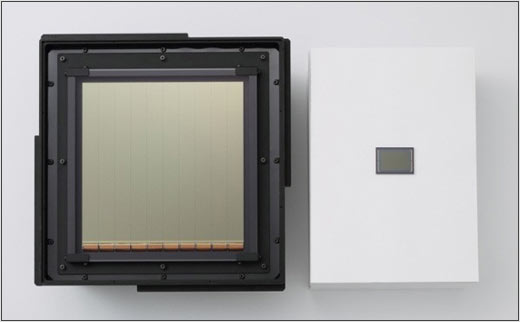
Canon’s ultra large scale CMOS sensor {left} vs. Canon’s 35mm equivalent “full frame” sensor
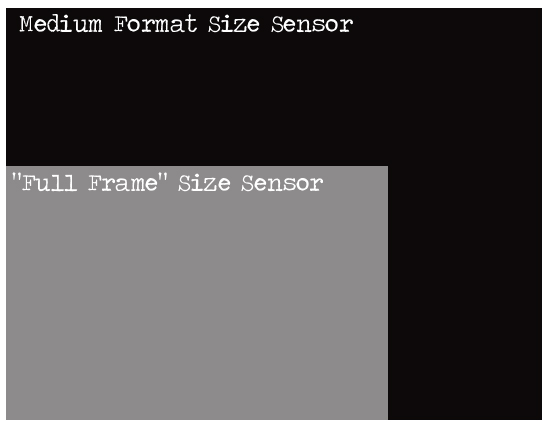 “NOW which sensor is full, eh?”
“NOW which sensor is full, eh?”
{the answer}
Instead of calling it what it really was: “35mm equivalent”, they called it “full frame”. And -voila!- suddenly, every other camera became…well…not full. And if something’s not full, it’s…that’s right…EMPTY! Bravo, Canon! Now we feel like crap.
So let’s break this down. Full means ‘maximum’, right? Like as in: ‘reached a pinnacle’ or ‘can’t get any bigger’. In fact, this is a ridiculous word to attribute to this size of sensor because there are sensors that are WAY bigger than the 35mm equivalent sensor you find in, say, Canon’s 5D cameras. They might not be readily available in the consumer markets, but they exist. And Canon even makes them. And what about medium format DSLRs like those available from Kodak and Pentax? You might need to sell a kidney, but they’re definitely available and as you can see, their sensors are way bigger than what we’ve come to known as “full frame”.
In terms of imaging sensors, bigger will always be better. I have a Canon 5DmkII and honestly, it was like seeing for the first time. But each piece of photography equipment available has a purpose. My backup camera is a cropped sensor 7D and I love it, too. I just wanted to talk about this today to squash the delusion that Canon have built up to tell photographers that if they don’t have a ‘full frame’ camera, then they have an empty one. If you feel all tangled up inside because you’re being made to believe that your camera is inferior, DON’T! Even the “full frame” is a pea-brain compared to other sensors available.
![]()
 About the Author: Elizabeth Halford is a professional photographer and blogger. She gives real photography advice in real.plain.english. Visit her on Facebook and join a community of photographers just like you!
About the Author: Elizabeth Halford is a professional photographer and blogger. She gives real photography advice in real.plain.english. Visit her on Facebook and join a community of photographers just like you!





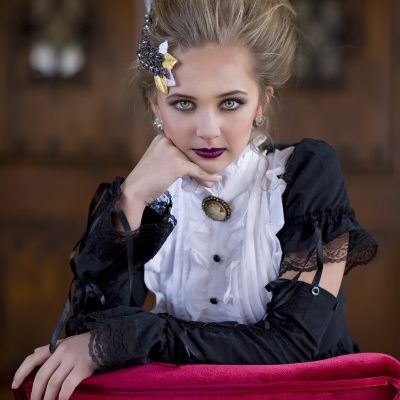
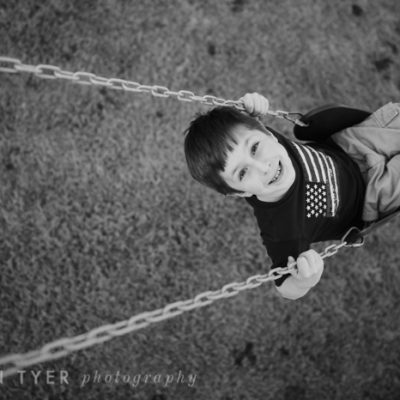

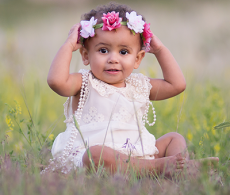
Thank you for breaking this down truthfully. A “full” frame is definitely my next big investment, because bigger is better, but you’re absolutely right: “full frame” is a misnomer.
I don’t think there are any delusions the Camera makers were trying to create.
Before the digital revolution, the most common type of camera was the 35mm, so the goal was to recreate the digital sensor equivalent and then this became ‘full frame’. It is a full frame in fact when it is referencing to a 35mm film size, so it is correct in using that term. I just don’t think we need to write “full frame when referenced to 35mm film” as a title. People just need to be told this, not a story that the camera makers have it wrong. Nothing would be called rightfully full frame then.
I love the term full frame, as it becomes a point of reference for someone who grew up on 35mm film (and the reference for focal lengths on lenses too), and also the term medium format is cool too. Use them both, plus more.
No need for theatrics, just education. And aren’t they nice to use indeed. 🙂
Interesting article. I never knew that info about the sensors, but it makes alot of sense.
It’s true that full-frame isn’t the largest out there, and a more accurate name could have been chosen. But people also claim to give 110%it which is also not possible.
hhmmm… Love to learn this stuff. Thanks for posting!
while i still covet a full frame camera (MKIII!!!!), i will probably always use my 7D for sports… if I switch to full frame, i will lose some of the “reach” of my 70-200.
The key word is Frame. Full frame refers simply to the 35mm Frame. There are certainly bigger, therefore fuller, sensors but then we’re talking format not frame. My backup to a 5DMKII is a T2i (50D). It is a wonderful camera with a smaller sensor but is in the same format as it’s bigger brother. A medium format camera may have a larger sensor than both but would also be from an entirely different “family”. So while you are correct in all that you point out here, it seems to me to be more semantic truth that technical.
Uhhh…Full frame refers to the sensor being the FULL size of a FRAME of 35mm film. There is no conspiracy.
Elizabeth…this was way informative. Thank you for the lesson!!!
John speaks correctly, full frame is in reference to 35mm frame. Of course one can get a larger sensor in a medium format camera. Canon is not talking about that when they talk full frame, they are talking about lens coverage using lenses design for 35mm cameras. In a ‘full frame’ camera the sensor is using the full lens coverage, that is not so on the other non-full frame cameras (which I have). All work well as long as you know what you are working with
James, John and Eileen are right, there is no conspiracy. It is a term that makes light of the 35mm of film, you might have understood it better if you were in the business long enough to know. I can not understand why you would even write this or why someone would let you post it for that matter. People, in today’s web information age be careful who you take advice from…
http://captainkimo.com/full-frame-camera-vs-cropped-sensor/
And now for some non-backwards, non-wrong reading!
Yes, the “FF” sensor makes “full” use of the lenses designed for 35mm film. Hence the name and relationship. However, that Canon decided to coin the term is pure marketing fluff. In any case, a truthful description would have been “Standard Frame” but it just doesn’t sound as cool and important I guess. Just my opinion and it doesn’t matter enough to buy a cup of coffee but personally I just think it’s a silly name we’re stuck with. The cameras on the other hand are nice. Currently the 5D3 is a beauty and I call it a camera and my money-maker, not a FF. 🙂